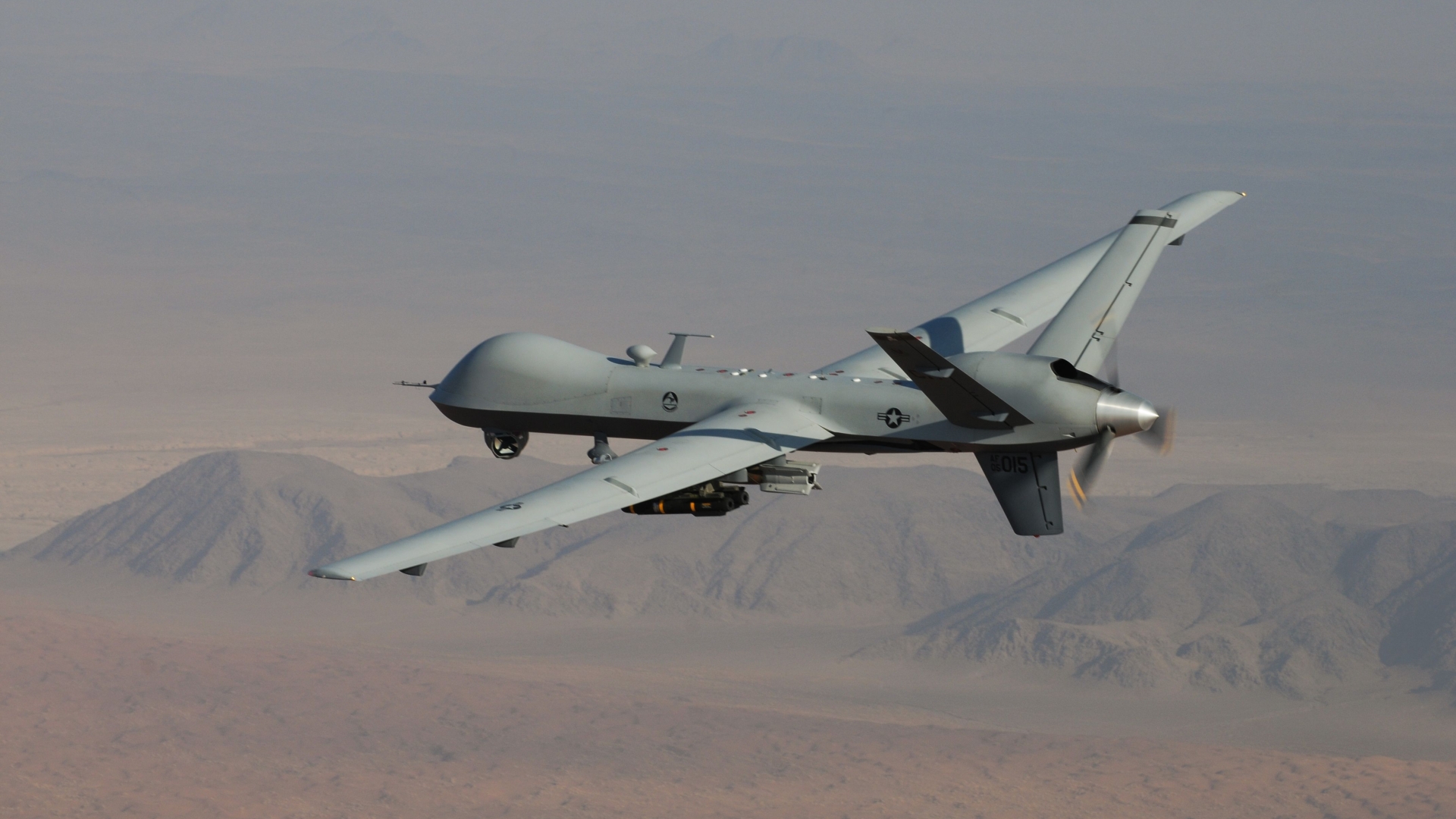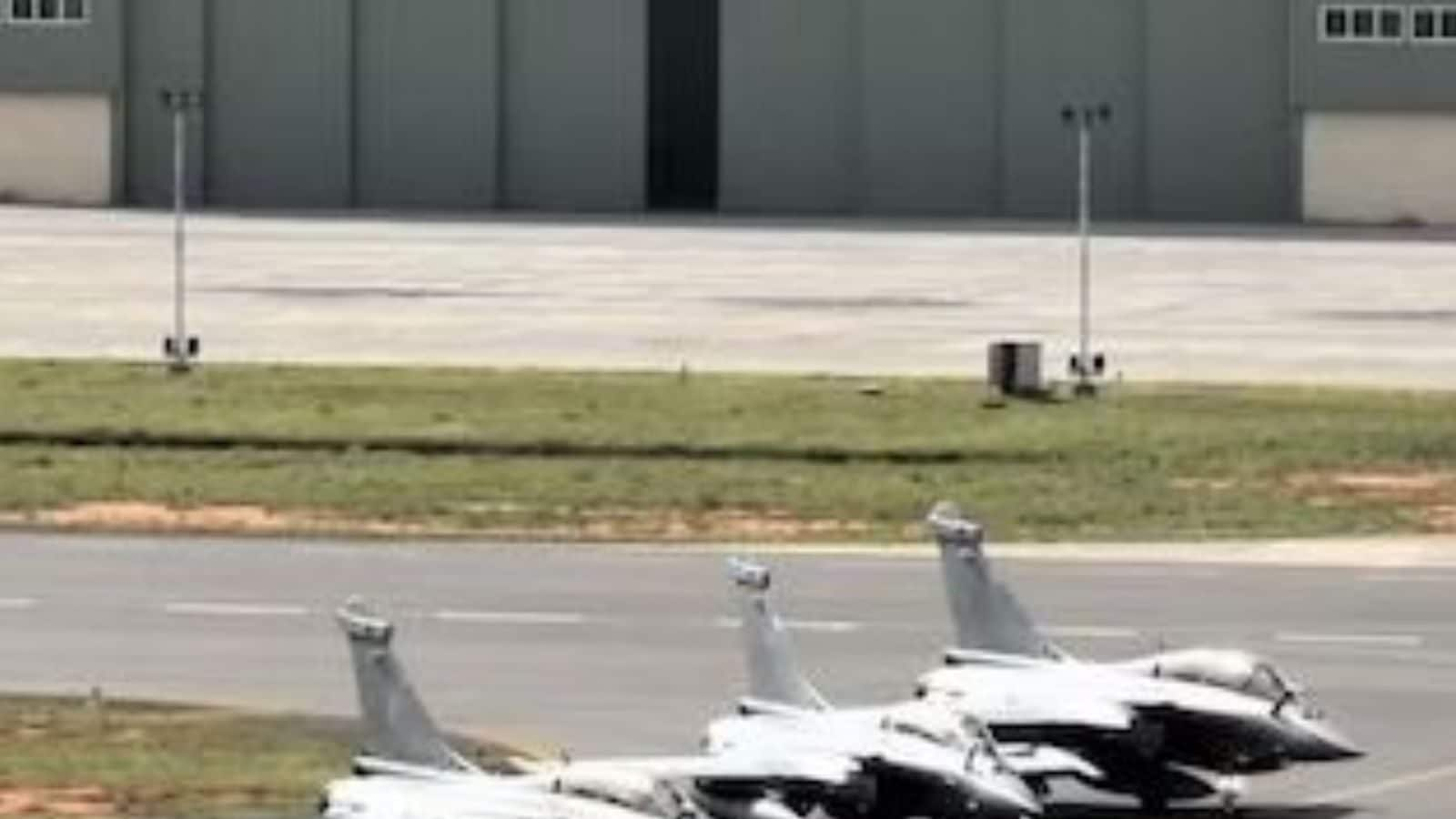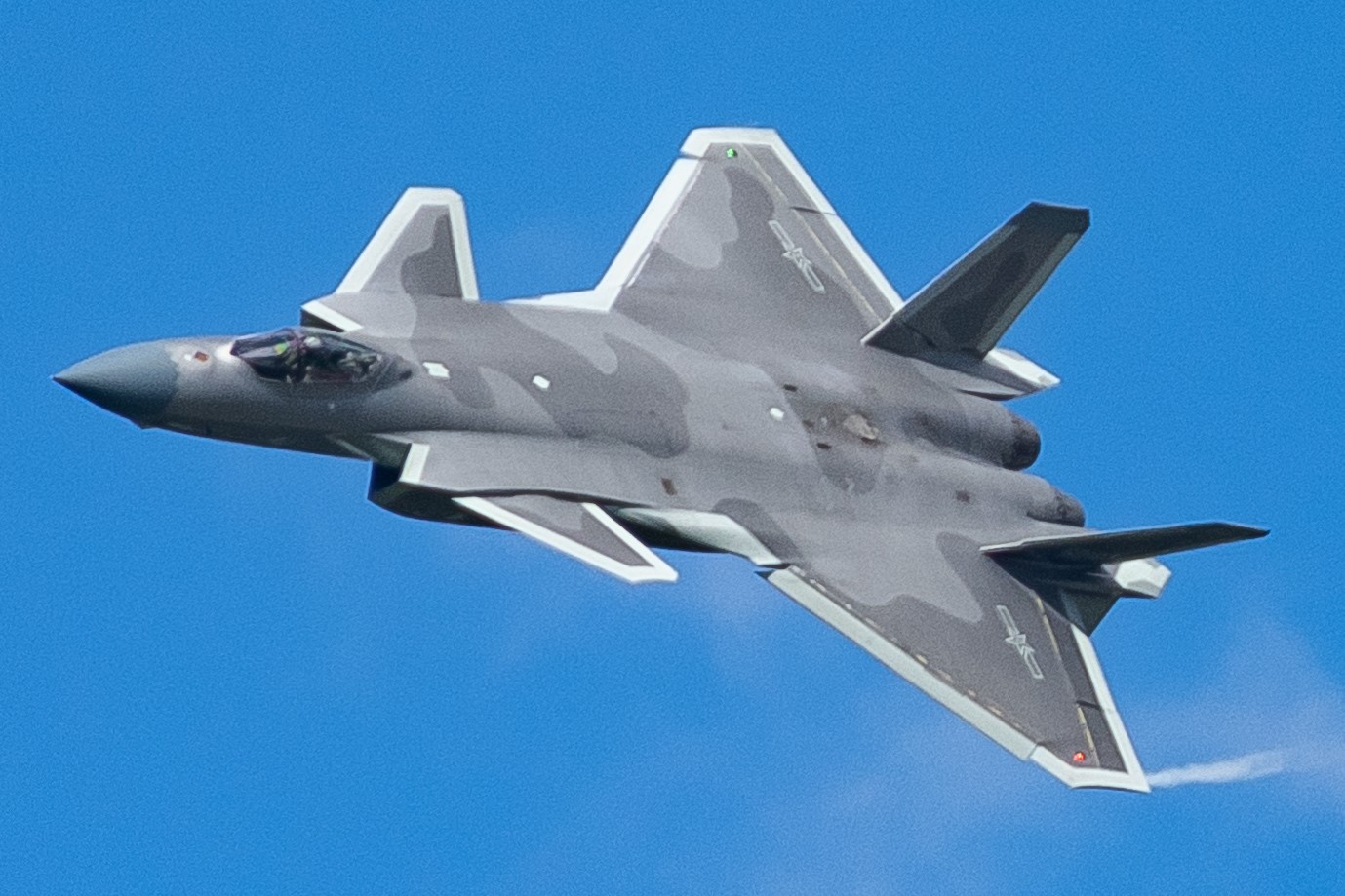706th Fighter Squadron redesignated as the 706th Aggressor Squadron > 926th Wing > Article Display
NELLIS AIR FORCE BASE, Nev. —
The 926th Wing’s 706th Fighter Squadron was redesignated as the 706th Aggressor Squadron during a ceremony on May 5, 2023, at Nellis Air Force Base, Nevada. The redesignation goes into effect on May 14.
As Nellis’ third aggressor squadron, the 706th’s mission focuses on continuing to know, teach, and replicate fourth-generation aggressor air adversaries. The shift in mission set allows the 64th and 65th AGRS to pursue the next generation of air defense and Nellis’ endeavor towards becoming the 5th Generation Center of Excellence.
Lt. Col. Owen Birckett, 706th AGRS commander, retired the 706th FS flag for a new 706th AGRS guidon. During the event, the squadron commander recognized the redesignation as another milestone in the reserve unit’s integration with the 57th and 53rd Wings in support of U.S. Warfare Center operations at Nellis.
The first part of this integration happened more than a year ago when 706th FS Cyberspace Operations officers and Cyber Warfare Operations Airmen shifted to offensive cyber ops with the 57th Information Aggressor Squadron.
“These are cyber professionals who are testing and exploiting the vulnerabilities of our mission systems, whether it’s software or hardware, to train for the next fight,” Birckett said. “The flying portion of the 706th AGRS is just the second part of that integration plan.”
The 706th AGRS is one of four aggressor squadrons in the U.S. Air Force to own fighter aircraft. By the end of this year, they’ll receive their fleet of F-16 Block 30s to accomplish their dedicated mission.
“We will continue to challenge our future weapons officers and the Combat Air Forces with the highest fidelity air combat training available by providing the most capable and experienced Airmen we can to Aggressor Nation,” said Col. Sean Rassas, 926th Wing commander.
The 706th Fighter Squadron’s flying operations moved from New Orleans Naval Air Station to Nellis Air Force Base in 2007 and is assigned to the 926th Operations Group.
For 16 years, the 706th has been fully integrated into approximately 20 active-duty units at the installation and performs cohesive missions like Aircrew Flight…



